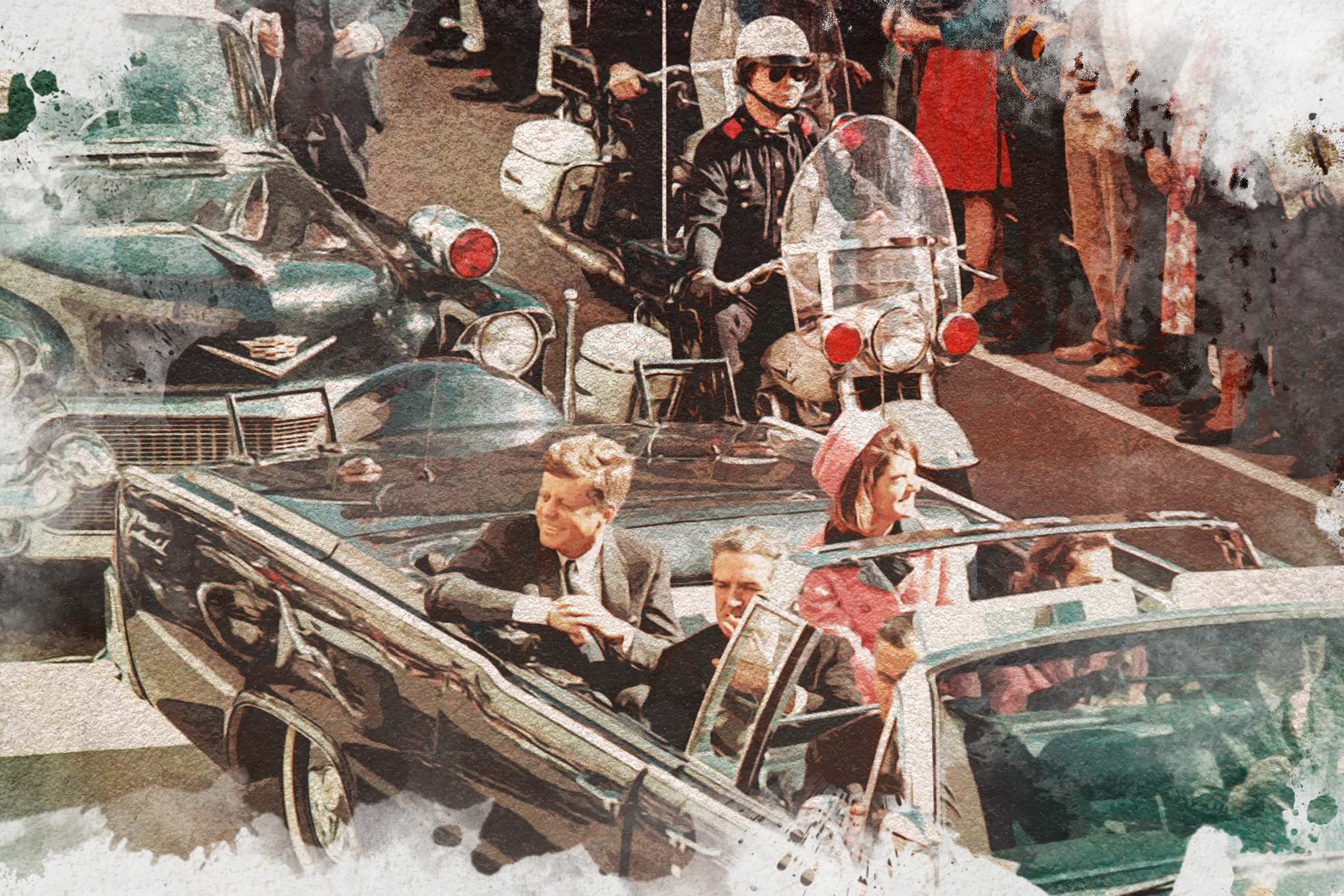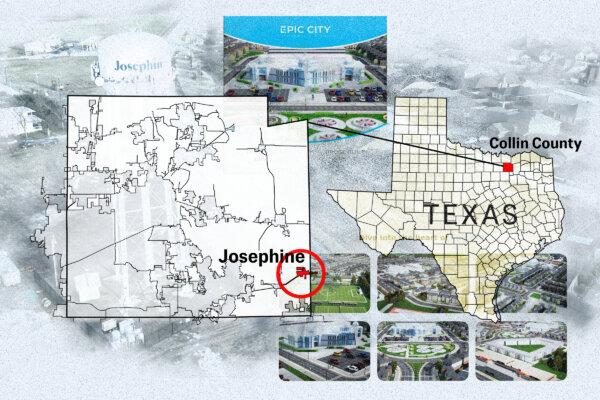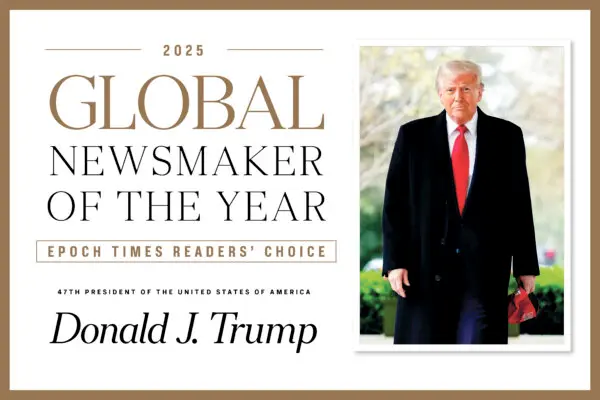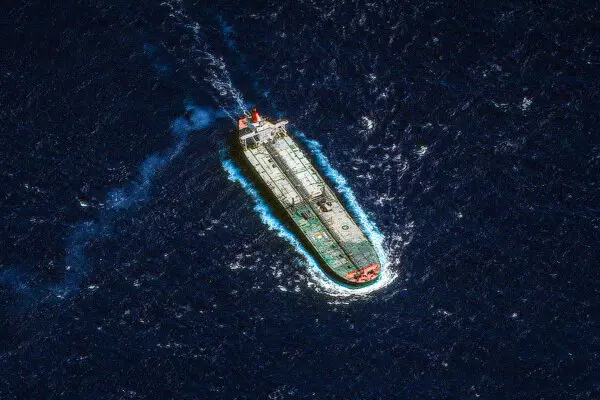Today marks the 60th anniversary of the assassination of President John F. Kennedy. It wasn’t just a tragic event in American history, it marks the beginning of a period of growing distrust of the federal government, a process that’s playing out today, perhaps more than ever.
A new Gallup poll finds that a whopping two-thirds of the public rejects the theory that President Kennedy was killed by a lone gunman. Indeed, the Kennedy assassination has become a symbol of government corruption and cover ups. The notion that the United States government killed President Kennedy is not only widespread but also forms the basis for subsequent conspiracy theories, ranging from unhinged 9/11 trutherism to far less unhinged theories about January 6th. In many ways, the Kennedy assassination is ground zero for conspiracy theories. If the government can take out a president, it can do anything.










